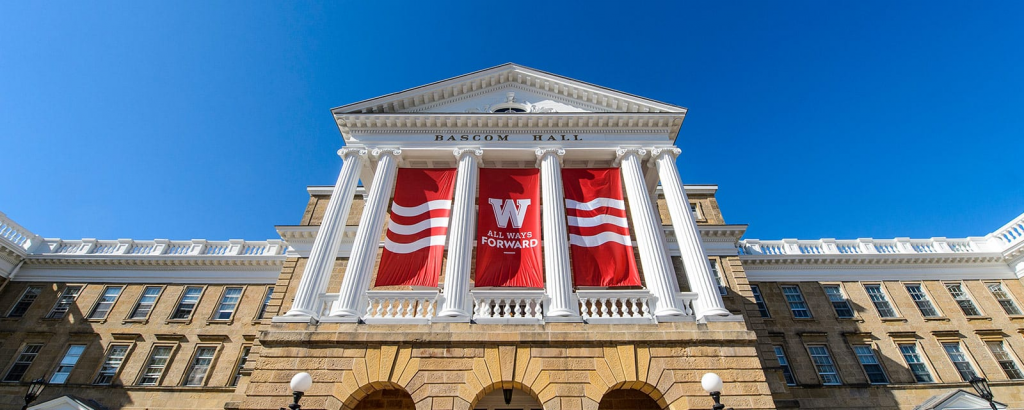Dr. Paul G. Evans was born in Boston, Massachusetts, where he attended school from K-12. At high school, he participated on the varsity soccer team and won numerous games. Once he completed high school, he decided to pursue an undergraduate degree in Engineering Physics at Cornell University. Afterwards, he went to graduate school at Harvard University where he completed a PhD in Applied Physics. He proceeded to conduct a postdoc at Bell Labs in New Jersey and then join the faculty at UW Madison. Dr. Evans enjoys outdoor bicycling, gardening and spending time with his family. To keep himself active, he is currently building a radar following an online course from MIT.

Dr. Paul Evans, has known about the Wisconsin-Puerto Rico Partnership for Research and Educations in Materials since the early 2000s, and was excited to be a part of this. He recognized that Wisconsin has had great admission from Puerto Rico. Students like Erinque Rivera and others that joined PREM related laboratory groups as undergraduates, came to UW Madison for graduate studies. During the pandemic, UW Madison has taken the appropriate measurements to provide students a safe environment for their hands on experiments. Dr. Evans’s group is pursuing their research using a combination of work at home and in the laboratory. They visit campus only to use the equipment they require to obtain data for their research, such as, X-ray diffractometer, systems for depositing oxide materials for studying crystallization, electron characterization equipments, and some facilities that they commonly use. Prior to the pandemic, they would visit national facilities for characterization purposes, some of these facilities at the Argonne National Laboratory for Advanced Photon Source, X-FEL Facility in Korea and Linear Coherent Light Source at SLAC.
Dr. Evans expresses that if you want to learn how the atoms are arranged in materials, one great way to do so is to study how X-rays scatter from the materials. Learning about the structure in this form is a way to understand what is happening inside the material and the properties that are relevant. The synchrotron light sources use electrons that go in circular orbits and possess beams that are 10 billion times more powerful than the ones found on any campus. These facilities have permitted many collaborations within PREM, specifically, Dr. Evans has been able to work throughout the years with Dr. Arturo Hernández ‘s lab. Their most recent publication was just published in the Journal of Materials Chemistry A. The paper is titled Lattice Expansion and Ligand Twist during CO2 Adsorption in Flexible Cu Bipyridine Metal-Organic Frameworks with Samuel Marks from UW as first author, and Rodison Arrieta Pérez, Karina Riasco Rodríguez, Andrew Yakovenko and Jason Exley as secondary authors. Dr. Paul ‘s and Dr. Arturo’s group had the opportunity to work at the Argonne National facilities for this publication, and spent about 3-4 days obtaining data from their samples. Dr. Evans group is looking forward to going back to using these facilities once the pandemic ends.
They have worked with many students from Puerto Rico throughout the years like SStephany Herrera-Possada who worked on Liquid Crystal Elastomers with X-ray diffraction. A good aspect of PREM is that students spend a longer time working on their research instead of just a summer for an internship. This experience is a way for them to work on their own project, gain trust from other students and advisors, and publish what they are working on. The crosscultural experience helps in becoming a big community with different ideas and perspectives. The students from this network, both from the University of Puerto Rico and UW Madison are very well prepared and bright. They all share the same area of interest and are able to gain a bigger perspective of how much they can impact material science.






